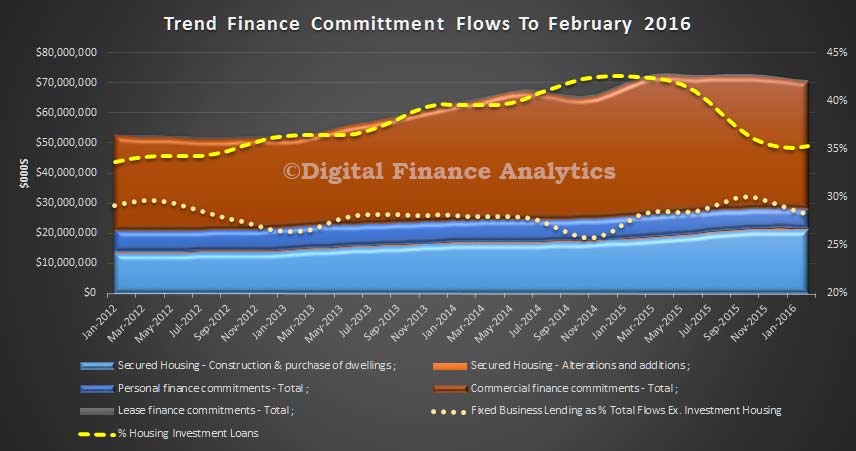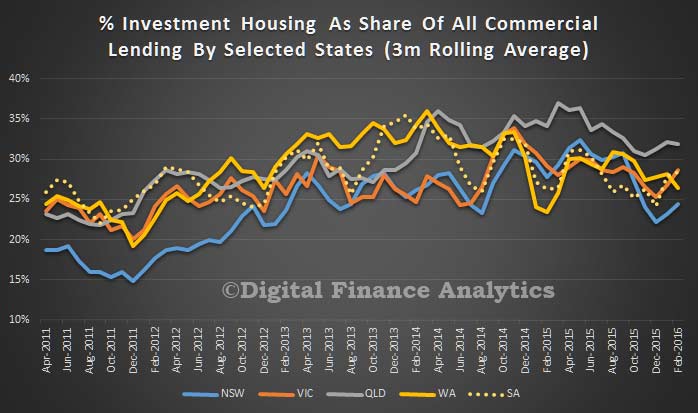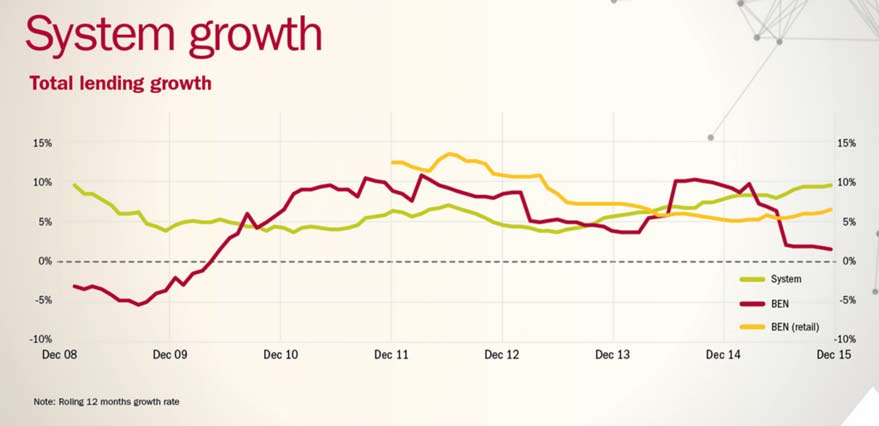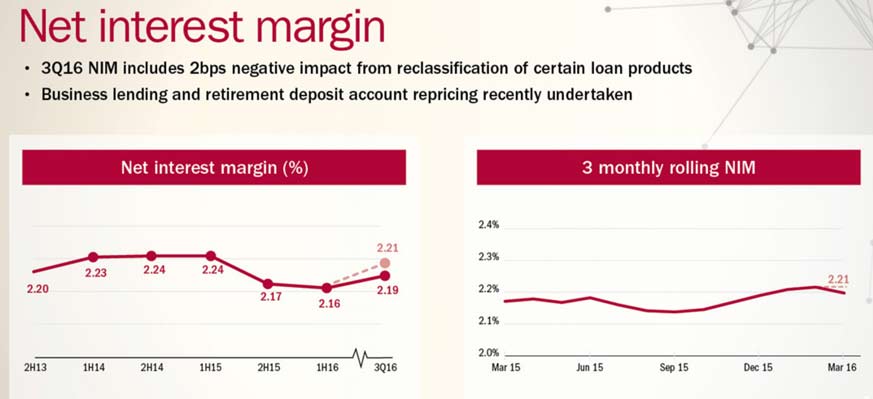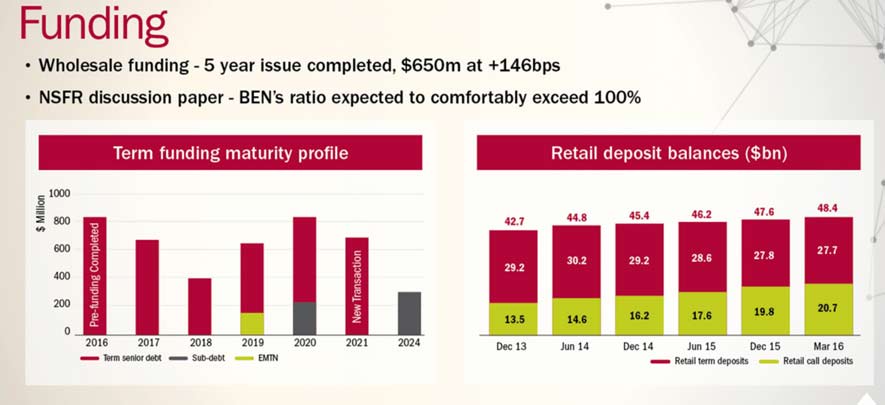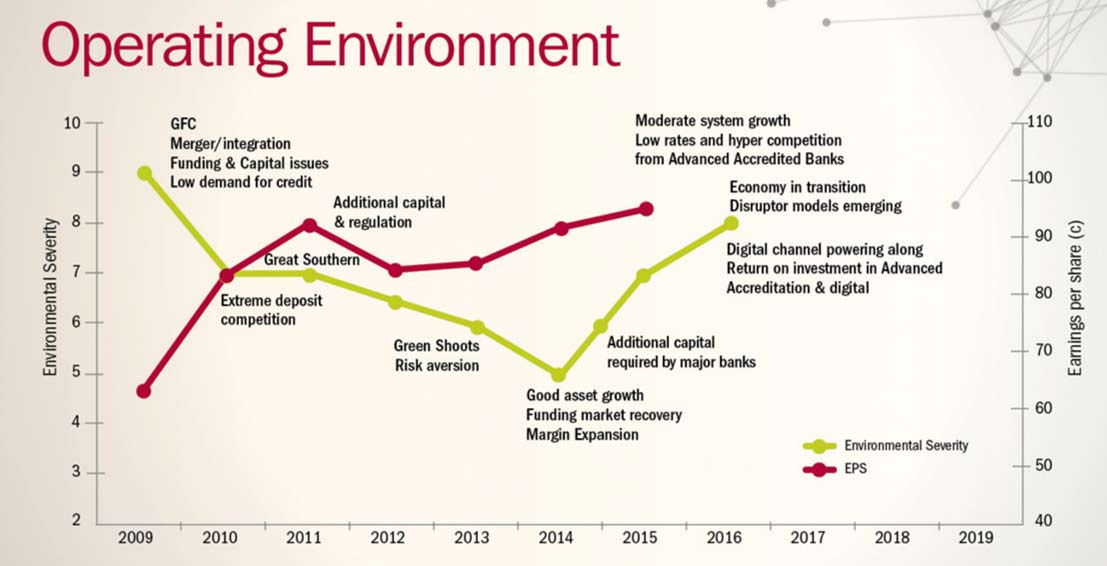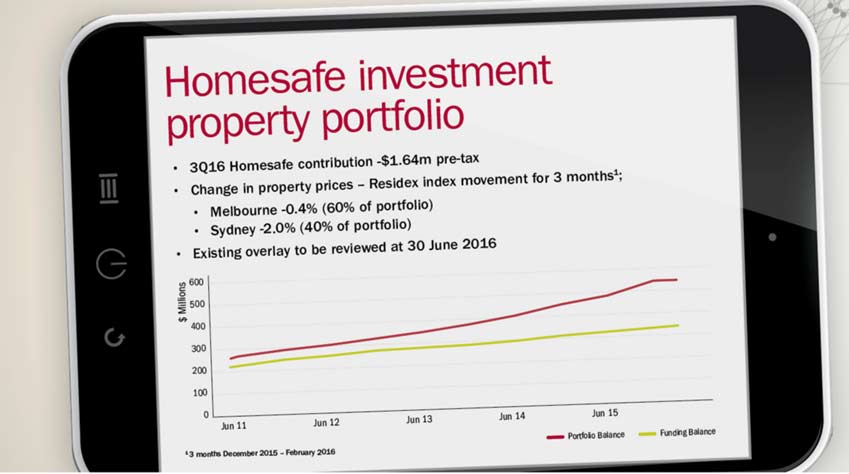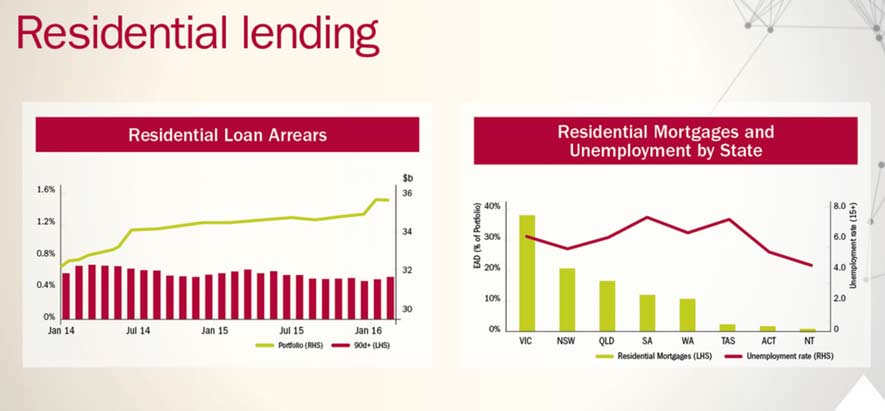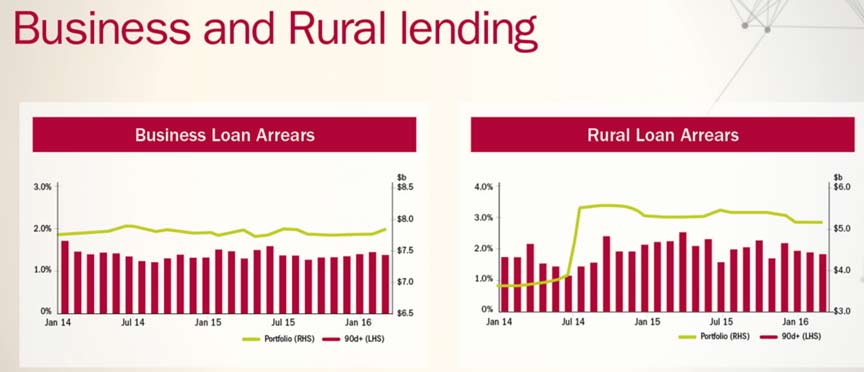Interest Rates and Savers
The first is the increasing concern that this world of ultra-low interest rates over a lengthy period is a big problem for savers. Here we are not talking about short-term trends. When everyone wants to save, the return to doing so will fall – that’s economics. In a cyclical sense that has to be expected, just as costs of borrowing rise when demand is strong.
The issue is when long rates are very low for a long time. In such a world, the whole set of assumptions embodied in retirement income plans will be called into question. Increasingly, we hear commentary about the difficulty – or impossibility – of defined-benefit pension plans making good on their promises with long-term rates of return so low. The fact that accounting rules and regulation now strongly incentivise trustees to hold bonds – at the lowest rates of return in human history – so as to minimise mark-to-market valuation changes over the short term only exacerbates the problem.
The problem is surely not confined to defined-benefit plans. Accumulation arrangements are still predicated on some set of assumptions about future income needs and returns. It may take longer but surely many of the owners of these funds are going to feel disappointment. The implicit promises – even if made only to themselves – about their retirement incomes are in danger of not being fulfilled. It is not a very daring prediction to say that these issues will loom ever larger over the years ahead.
Some critics lay these problems at the door of the central banks, whose policy actions have worked to lower long-term yields on financial assets. If it were really true that central bank policies were the only factor at work in very low long-term interest rates, while at the same time they were not helping growth, the critics might have a point.
But are central banks alone responsible for the decline in long-term interest rates? Real interest rates have fallen noticeably since 2007 – nearly a decade ago now. For there to be persistent effects on real interest rates as a result of central bank actions is perhaps not impossible, but seems contrary to everything we were taught when we studied economics. Monetary policy is not supposed to be able to affect real variables – like real interest rates – on a sustained basis. Presumably, changes in risk appetite, subdued growth and expectations that growth will continue to be subdued have also played a role in lowering real rates.
Interest Rates and Growth
This brings into focus the really critical question: what are the prospects for sustained growth in the future? Relatedly, what expectations about rates of return in the future are reasonable? The real economy needs to generate decent returns on the real capital stock that are then matched (risk-adjusted) by the yield on financial assets. The financial assets are, in the end, just paper claims on that flow of real returns – directly in the case of private sector obligations and indirectly for government obligations, which rely on being able to tax growing private incomes. If the real economy can’t perform to provide real returns to capital, there is nothing to back higher yields on financial assets. In that world, nominal and real yields on bonds would remain extremely low, the income being generated by those working with the capital stock would struggle to fund the benefits required by retirees through dividends and returns on bonds and bank deposits. Governments may not receive all the revenue they need to service their obligations. On the other hand, the stronger the prospects for long-term growth and good returns on the real capital stock, the smaller those problems will be and the more we can expect that, sooner or later, the yield on financial assets will be higher, in line with those real outcomes.
Which outcome will it be?
The more pessimistic are moving closer to the position of ‘secular stagnation’: that situation where the desire to save is so overwhelming and the apparent opportunities for profitable investment so weak, that real interest rates cannot equilibrate saving and investment for the system at positive rates of interest and full employment. The result is that the ex ante excess saving leads to a sustained below-full-employment equilibrium. The concept arose originally in the 1930s, but has recently been articulated by Lawrence Summers as a description of the current environment.
I still find this a bit too pessimistic, because I struggle to accept that today, to an extent virtually unprecedented in modern history, ingenuity, technological development, entrepreneurial drive and opportunity for improvement are so weak – so unprecedentedly weak – and people’s desire to defer gratification so strong, that the equilibrium real rate of interest is actually going to be negative over an extended period.
What is undeniable, though, is that monetary policy alone hasn’t been, and isn’t, able to generate sustained growth to the extent people desire. Maybe this is simply the inevitable outcome after a period of excessive optimism and over‑leverage – an essentially cyclical explanation, where the cycle is a low‑frequency, financial one. Or maybe it is something more deep-seated and structural. That can all be debated. Either way, though, policies that encourage growth through means other than just ultra-cheap borrowing costs are surely needed.
It is often said, rightly, that policymakers should try to avoid unnecessary policy uncertainty. For central banks, this has meant trying to be clear about our objectives and our reaction functions – and what we will, or might, do in various states of the world. Maybe we need to be clearer about what we can’t do. Monetary solutions are for monetary problems. If there are other problems in the underlying working of the economy, central banks won’t be able to solve those.
Helicopter Money?
It is this recognition that purely monetary actions can go only so far, coupled with the need for some more growth and more inflation, that lies behind the recent discussion of ‘helicopter money’. In essence, this approach, were it to be attempted, would really be fiscal policy or a combined fiscal-monetary operation. It could involve unrequited transfers (gifts) to individuals’ bank accounts by the central bank – which diminishes the central bank’s net worth and so would require the acquiescence of its owner. Alternatively, it could involve direct funding of government spending by central bank finance – monetary-fiscal coordination.
There would be a host of practical issues to sort out in the ‘helicopter money’ approach. Other commentators have talked about these recently.
The main complication is surely that it would be a lot easier to start doing helicopter money than to stop, if history is any guide. Governments have found that a difficult decision to get right. That is, after all, how we got to the point where direct central bank financing of governments is frowned upon, or actually contrary to statute, in so many countries. It would be a very large step to overturn those taboos, which exist for good reason. The governance requirements in doing so would be, if not intractable, at least very complex. Desperate times call for desperate measures, perhaps. Are we that desperate?
Before we even got close to that point, one would have thought that for many governments today there must still be projects of an infrastructure kind that would, through conventional fiscal operations at current bond rates, offer returns comfortably above their cost of funding. Helicopter money is surely not needed in these cases. Questions may arise, in some jurisdictions at least, in the minds of citizens about the ‘soundness’ of such conventional policies. But if such questions arise about conventional fiscal actions, it seems unlikely that adding central bank financing to the mix would allay them.
It all Comes Back to Growth
But the very fact – extraordinary as it is – that such possibilities are being openly discussed by serious commentators reinforces the point that, while people find global growth outcomes still a bit disappointing, we are reaching the limits of monetary policy in boosting it. Central banks must of course do what they can, consistent with their mandates, and they continue to explore options. It is certainly clever to find ways of pushing the effective lower bound for interest rates down a bit further. It is inventive to find ways of lending more, at more generous terms, to the private sector.
But surely diminishing returns are setting in. My suspicion is that more and more people realise this. Maybe this has something to do with market confidence being easily rattled. There was a hint in the recent episode of the feeling that central banks didn’t have much left they could do, if things got worse.
So in the end we will collectively have to face up to the question of whether trend growth is lower and, if so, what is to be done about that. A few candidates might be advanced as contributing to such an outcome. Demographics is one. What we might label productivity pessimism – or is it realism? – along the lines of Robert Gordon’s views might be another. Others would point to excess debt in many jurisdictions as another.
If trend growth is lower and we can’t or don’t want to do anything about that, then expectations about future incomes, tax bases and so on will have to be reconfigured. People will need some explanation of why we have to accept that outcome. It may be that this reconfiguration is, in fact, what is happening. That would help to explain why ultra-low interest rates are not, apparently, as successful in boosting growth in demand as might have been expected. The future income against which people would borrow looks lower than it did, not to mention that the current income against which some already had borrowed has turned out to be lower than assumed.
Alternatively, even if we accept that demographic headwinds and the legacy of earlier problems make growth harder to achieve, perhaps we can re-double our efforts to address the things that may be unnecessarily restraining growth today and in the future. They might be things like:
- in some jurisdictions, inadequately capitalised banks
- over-leveraged firms or households
- poor incentives for risk-taking of the ‘right’ kind
- practices that unnecessarily impede productivity, or that slow down the re‑allocation of capital from old industries to new ones.
If we could engender a reasonable sense that future income prospects are brighter, that there is a good return to innovation and ‘real economy’ risk taking, and so on, then people might use low-cost funding for more productive purposes than just bidding up the prices of existing assets. Over time, the return on financial instruments could rise in line with returns in the real economy. Pension funds and insurers would be better able to meet their obligations. Governments would more easily service their debts. Citizens, having had some explanations as to why changes were necessary, would, in time, see some gains in their way of life, or at least some threats to their living standards abate. They would see less resort to very unorthodox policies, because there would be less need for them. And I can’t help thinking they would feel better about that.
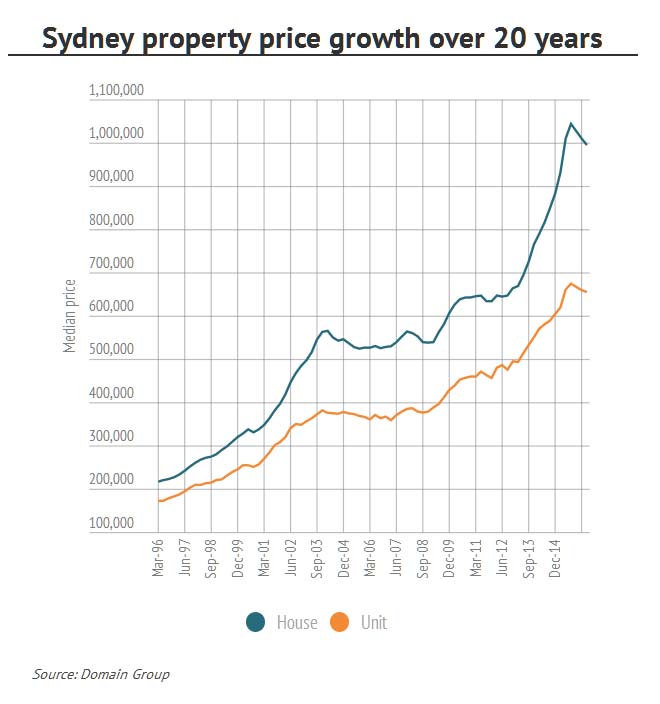 Canberra house prices fell by 1.4 per cent after five consecutive quarters of growth.
Canberra house prices fell by 1.4 per cent after five consecutive quarters of growth.
